Campaigners working to maintain a treasured Aberdeen green space say they feel “physically sick” as industrial development is rubber-stamped.
Torry residents set out to halt plans for an energy transition zone (ETZ) in St Fittick’s Park.
Now, the rezoning of the land has been backed by the Scottish Government’s planning and environmental appeals division.
A team of independent reporters have sent back their findings on the city’s proposed local development plan (LDP) – including backing the development at St Fittick’s and Doonie’s Rare Breeds Farm.
Aberdeen City Council is bound to implement their recommendations.
And then, in the coming months, councillors will approve the document, which outlines how land can be used over the next five years.
The government reporter also introduced some protections for the award-winning wetlands and wildlife at the Torry park.
Despite this, Friends of St Fittick’s Park spokesman Richard Caie said campaigners and residents felt “deeply disappointed, physically sick, angry and let down yet again”.
He slammed local politicians and a planning system he claimed “works for the interests of large oil and gas industry greenwashing and private profits, rather than ordinary people”.
He added: “We lost old Torry in the 70s to make way for the oil industry, today history is happening all over again.
“The injustice this community has experienced over the past 50 years continues.”
More than 200 people objected to the rezoning of the land when the proposed LDP was drawn up.
In July, more than 100 climate change activists camped in the park in protest at the plans.
What next for the ETZ plans and St Fittick’s Park?
Once the LDP is approved, it will dictate planning decisions in the city until 2027.
But ETZ Ltd, the organisation made up of powerful business lobbyists like chairman Sir Ian Wood, will still need to negotiate a masterplan for the zone with local planners after it is adopted as council policy.
Even after that, the firm would then have to gain planning permission to build it.
The business park is hoped to develop renewable and low carbon energy sectors in Aberdeen, reducing the economic reliance on oil and gas.
But those living nearby, in some of the most deprived parts of the city, fear it risks their last remaining access to green space.
The award-winning wetlands around the East Tullos Burn support wildlife, including some species found nowhere else in the north-east.
Campaigners say the worth of the park came to the fore during the coronavirus pandemic.
On the other hand, planners and now the government reporters have heralded the perceived “economic wellbeing” boost the transition zone could bring.
And the park and Doonie’s Farm have been earmarked due to their proximity to the new harbour.
Reporter: “Environmental and economic benefits of ETZ outweigh its disbenefits”
ETZ Ltd claims the plans will directly support 2,500 jobs within eight years.
By then, it would also have supported another 10,000 energy transition related roles across the north-east.
The zone, including St Fittick’s Park, could also support a five-gigawatt offshore wind sector in the North Sea – enough to power millions of homes.
Early analysis suggests that capacity at the ETZ would cut 136.4 megatonnes of CO2 emissions, equivalent to between 1-2% of the UK’s net-zero targets.
And those claims were enough to convince government reporter Allison Coard to back the scheme.
In an 800-page report on the LDP, she wrote: “It is considered that the wider environmental and economic benefits of the Energy Transition Zone outweigh its disbenefits.
“While in no way debasing concerns regarding wellbeing, there is also the consideration of economic wellbeing.
“It is vital that where possible meaningful interventions which can help to support the city region’s economy, and in tandem the economic wellbeing of its residents, are undertaken.
“There are also serious consequences to mental health and wellbeing should there be a long term decline in the city region’s economy.”
Increased protection for St Fittick’s Park wildlife
But the proposals were not just waved through by the planning and environmental appeals division (DPEA).
Ms Coard has encouraged Aberdeen City Council to toughen up the terms to better protect the biodiversity at St Fittick’s.
ETZ Ltd will have to make clear how it will protect water quality and the habitat around the East Tullos Burn, as well as the recreational access to the park.
There is an expectation that all will be done to ensure the burn can continue as a home for wildlife.
As part of a masterplan for the zone being drawn up presently, bosses will also have to make clear how much of the land they wish to develop.
Within that document, the business chiefs will have to outline measures they will take to avoid, minimise, mitigate, and compensate potential impacts on biodiversity and greenspace.
The DPEA planners have insisted on that there should be “at least” no net loss of biodiversity across the ETZ area, which includes St Fittick’s and Doonie’s Farm.
Land near the port’s new Aberdeen south harbour will also be included in that masterplan.
Objectors have revealed hopes these extra constraints will hinder progress on planning permission, and potentially deter investors.
ETZ chief: ‘Focus on local engagement’ as plans drawn up in coming months
ETZ Ltd chief executive Maggie McGinlay said her firm had already agreed to some of those requirements, as she hailed an “important step forward” in their work.
During previous community engagement events, she has promised to retain East Tullos Burn and use “less than a third” of the park.
ETZ Ltd also pledged to ensure no overall net loss of environmental capacity, committing to “enhancing” the accessible green space.
Ms McGinlay said: “The Scottish Government reporter has accepted and agreed with the case put forward for the energy transition zone.
“The examination highlights that Aberdeen is ideally placed to capitalise on energy transitions opportunities, particularly those afforded by offshore wind, and that ensuring best use of regional assets will safeguard the region’s economic future.
“We recognise the strength of sentiment and how important accessible green public space and biodiverse areas are for the people of Torry, particularly the walkways, wetlands and habitats at St Fittick’s Park.
“We will continue to develop our masterplan with a clear focus on local engagement and exploring the opportunities to be developed including an extensive and improved green and biodiverse space, leisure activities and network links, in and around St Fittick’s.”
The next wave of public consultation on the ETZ masterplan is expected in November.
In the meantime, the Friends of St Fittick’s Park pledged to use the coming months to strengthen their campaign and shake up their tactics.
Member Scott Herret said: “We will call on the support of our numerous allies across Scotland and the world to fight any future planning decision that comes our way.”
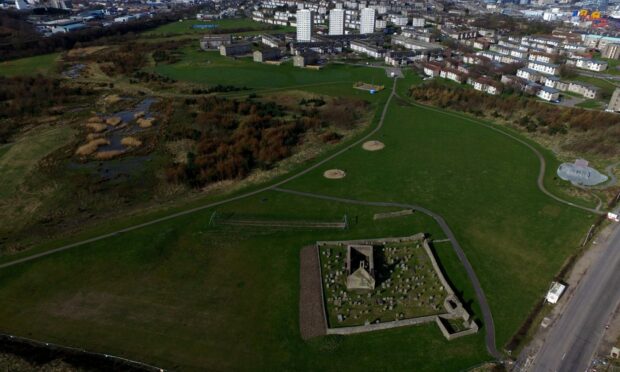
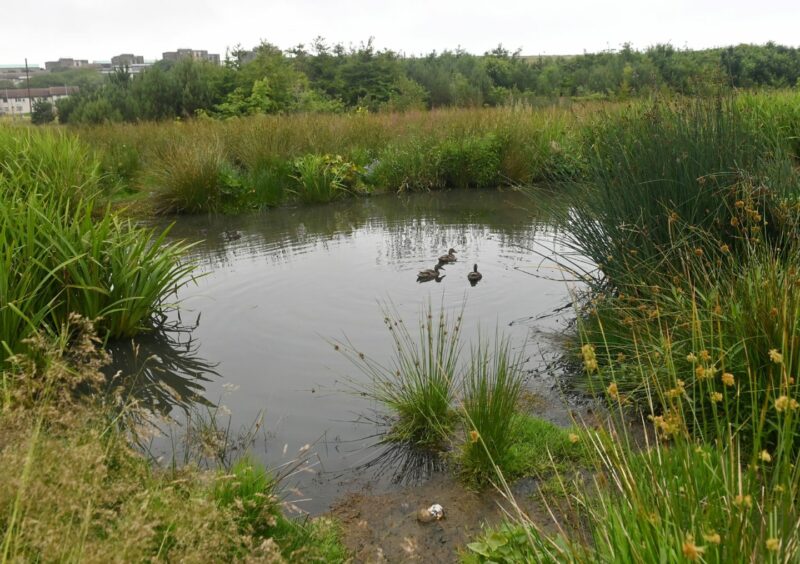
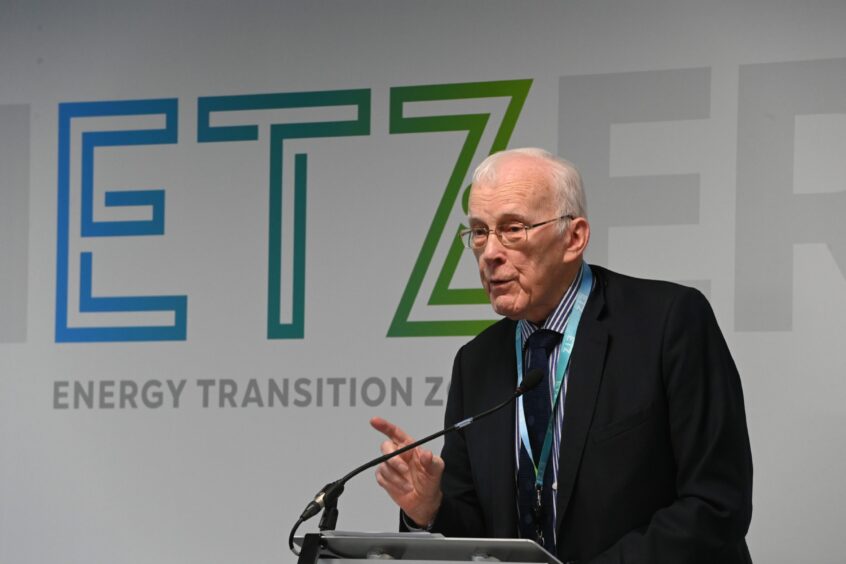
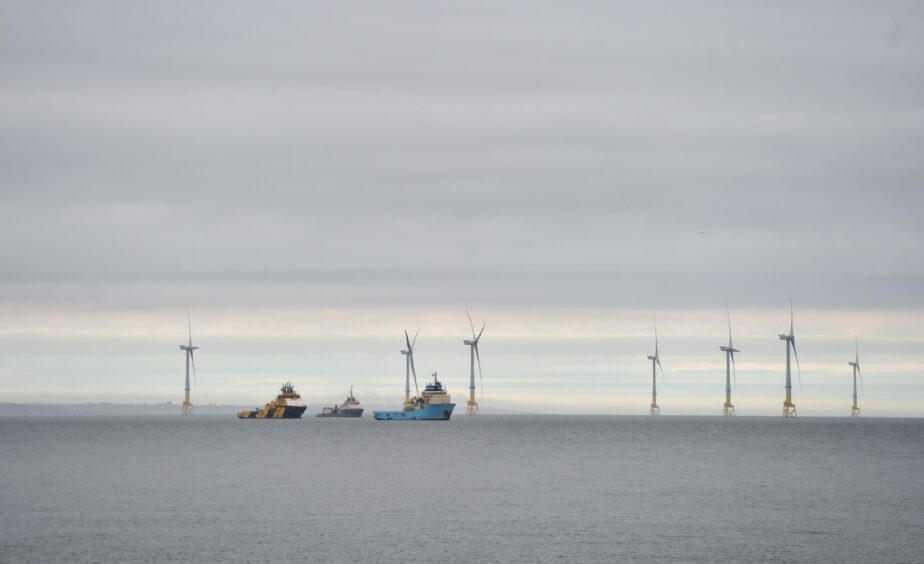
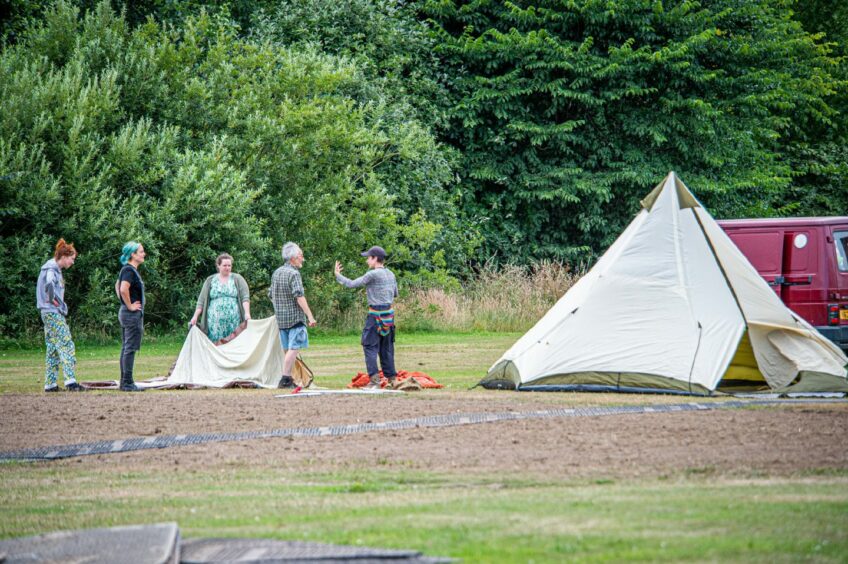
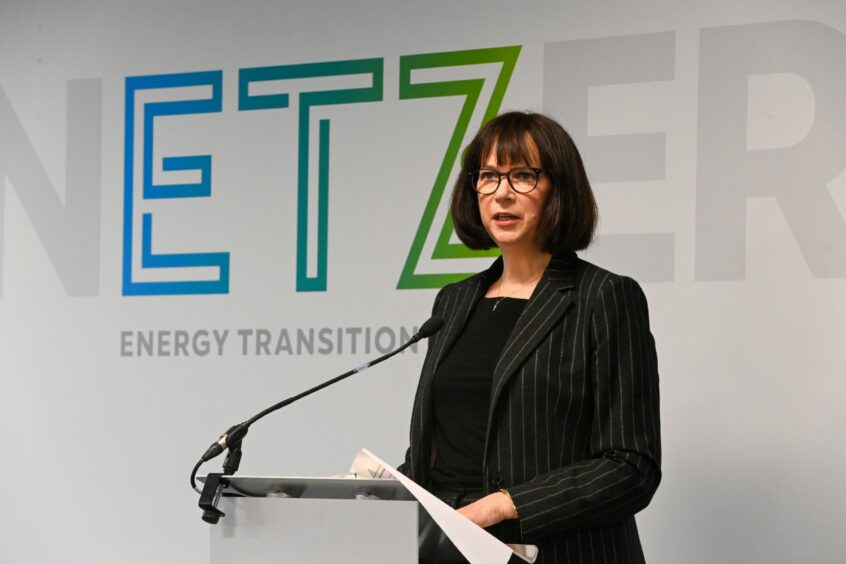
Conversation